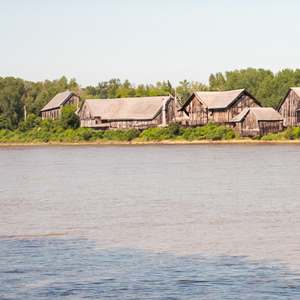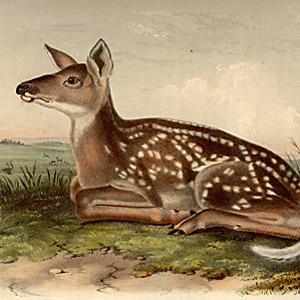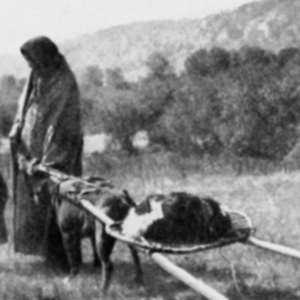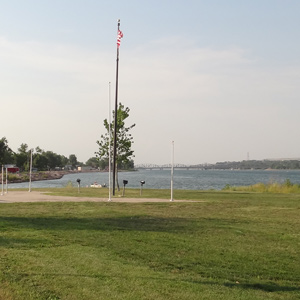On 25 May 1804, the expedition’s boats stopped at La Charrette—the “last settlement of white people on this River” that they would encounter until their return there on 20 September 1806. On their first visit, influential trader Régis Loisel would tell the captains what to expect:
here we met with Mr. Louisell imedeately down from the [Cedar] Isld. Situated in the Countrey of the [Sioux] 400 Leagues up he gave us a good Deel of information
After meeting with the captains, Loisel traveled to New Orleans to give his report on Missouri River tribes to the former Spanish governor. In October 1804 and before he could act on his Spanish loyalties, he died.
The information Loisel gave the captains seemed to take root. Throughout their journey to and from the Knife River Indian Villages, the expedition met and made use of several Loisel partners and employees: Pierre Dorion, Sr., Pierre-Antoine Tabeau, Joseph Gravelines, and Hugh Heney.
Prior to the expedition, Loisel operated a trading post on Cedar Island in South Dakota. When that post burned down, the site became one of Manual Lisa’s posts.[1]Moulton, Journals, 2:253n9; Elin Woodger and Brandon Toropov, Encyclopedia of the Lewis & Clark Expedition (New York: Facts on File, Inc., 2004), 214.
Related Pages
May 25, 1804
Last 'White' village


The expedition reaches La Charrette—the last settlement of “white people on this River . . . .” Here the captains meet trader Régis Loisel who shares valuable information about where they are going.
May 28, 1804
Drying wet cargo


At the Gasconade River, the expedition hunts and dries wet cargo. Having met with Captains Lewis and Clark on 25 May, trader Régis Loisel is now in St. Louis warning Spain of American encroachments.
September 22, 1804
Passing Fort aux Cedres


Below De Grey Rec. Area, SD The expedition passes the abandoned Fort aux Cedres, a fur trading post built by Régis Loisel. Ordway describes the buildings and nearby Sioux camps. The hunters complain that the soils of the plains are wearing out their moccasins.
August 26, 1806
Passing the Bad River


Fort Thompson, SD While passing the Bad River, Clark recalls how the Lakota Sioux attempted to stop them in 1804. They make about sixty miles reaching an area where they now expect to find those Indians.
Notes
| ↑1 | Moulton, Journals, 2:253n9; Elin Woodger and Brandon Toropov, Encyclopedia of the Lewis & Clark Expedition (New York: Facts on File, Inc., 2004), 214. |
|---|
